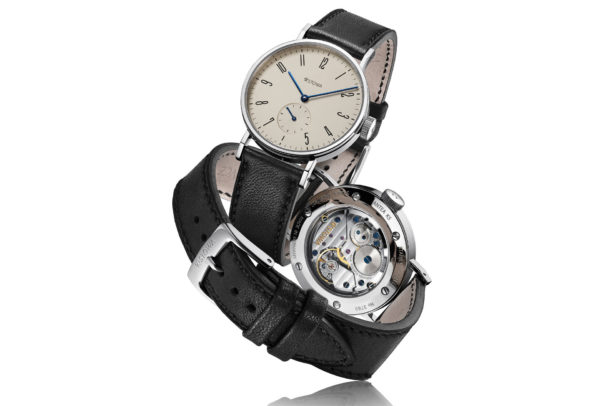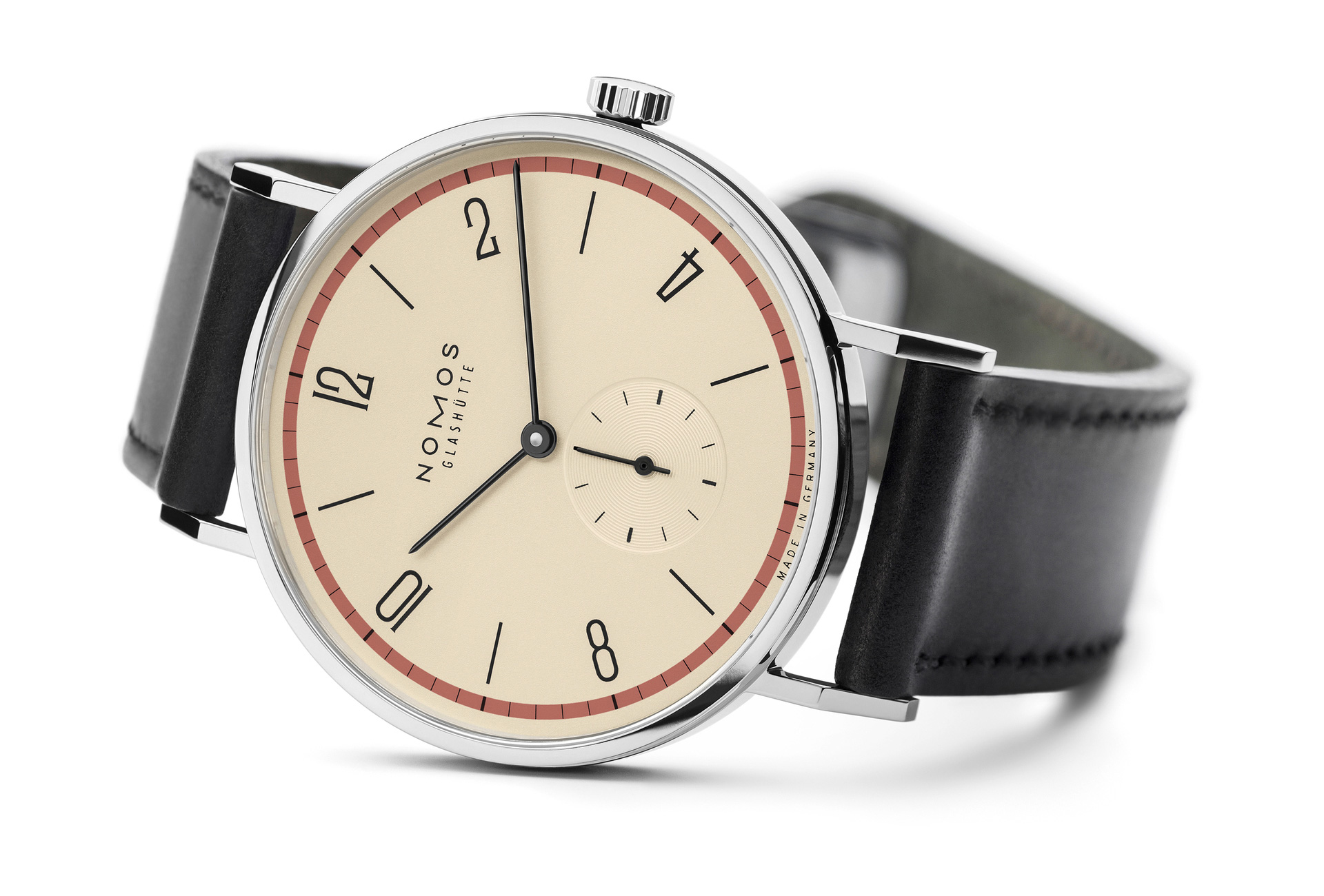Cold and austere for some, sleek and stylish for others, Bauhaus leaves no-one indifferent. One of the twentieth century’s most powerful movements, it continues to have a profound influence on art, architecture and design. In this centenary year, tributes to the Staatlisches Bauhaus in Weimar are being made in disciplines as varied as photography, museology, furniture design and… watchmaking.
A brief existence
This radical new art college was founded in Weimar, Germany, in 1919 by the architect Walter Gropius. Over its fourteen-year lifespan, during which it moved first to brand spanking new buildings in Dessau, then to a disused telephone factory in Berlin, Bauhaus assembled a group of thinkers, artists and creators who set about inventing the foundations for a new form of society. In this respect, Bauhaus was more than a school; it was a prolific laboratory for social experiment and utopian ideas. Bauhaus refused to distinguish between “fine” art and craft. Students were “taught” pottery, bookbinding, woodwork, metalwork, weaving, painting, sculpture, theatre and photography with the overt objective of fusing art and industry.
Labelled "subversive" and taxed with "cultural Bolshevism", the school was dissolved by its staff in 1933.
Bauhaus’s existence must be considered within the context of a country drained of its lifeforce by the First World War. “In the face of economic plight, it is our task to become pioneers of simplicity, that is, to find a simple form for all of life’s necessities which is both respectable and genuine,” declared Oskar Schlemmer, who taught painting there. This social component guided Bauhaus research towards functional spaces and equally rational objects that could be mass-produced. The billowing lines of Art Deco disappeared. Rarity and uniqueness were no longer desirable; objects had to be suitable for everyday use and designs adapted to large-scale production, a principle best summed up by the famous “form follows function”. Inevitably, such experimental thinking did not go down well with the Nazis, who labelled Bauhaus “subversive” and an example of “cultural Bolshevism”. In 1933 the school’s staff chose to dissolve the group and shut down the school.
Junghans and Max Bill
Bauhaus quickly found fertile ground in watchmaking, where its no-frills aesthetic proved eminently suited to the everyday utility expected of a watch. Dials were stripped of extraneous detail for greater legibility, hands lost their purely decorative curves, cases were given simple, easily machined shapes, Roman numerals were replaced by more instinctive Arabic numerals and long, thin hour markers. From this bare minimalism emerged a truly functional, strangely beautiful style. The first Bauhaus-influenced dials were produced in the 1920s and 1930s by Weber & Baral, then the world’s biggest dial manufacturer which at one point supplied A. Lange & Söhne in Glashütte – indeed, a 1937 piece by Lange is one of the first documented watches in the Bauhaus style.
However, it would be another firm, Junghans, established 1861 in Schramberg, Baden-Württemberg, that would truly establish the Bauhaus aesthetic in watchmaking through its collaboration with Max Bill, a Swiss artist. A former student of the Bauhaus school, Bill’s first design for the brand, in 1956, was a kitchen clock. He followed this two years later with a table clock then, in 1961, a wristwatch. The latter would grow into a collection that captures the essence of Bauhaus style as well as Bill’s intention to “make watches that are as far removed as possible from any trend; watches that are timeless but don’t forget about time.”
German brands lead the way
Stowa, another German firm, was also an early adopter of the Bauhaus style, just ten years after it was founded in 1927; an influence that continues in today’s Antea range. In Dessau, Germany’s largest aircraft manufacturer, Junkers, worked closely with the founders of Bauhaus to design much-needed housing for its fast-expanding workforce (Junkers was the region’s main employer). When the firm branched out into watchmaking in the late 1990s, it naturally revived this episode in its history and still includes a Bauhaus-themed collection in its catalogue.

The same inspiration is in evidence at Nomos. Established in Glashütte in 1990, its Tangente is a lesson in Bauhaus style – though not the only one of its collections to adopt a minimalist ethos. Just about every Nomos watch is an example of a finely-tuned understated aesthetic. And the list doesn’t end there. Staying in Germany, Braun, Laco, Defakto, Aristo and MeisterSinger all perpetuate the Bauhaus tradition. Indeed, few brands outside Germany are as clearly attached to the movement (Skagen is one. Owned by Fossil, it adds a Danish vibe; London brand Uniform Wares, which uses Swiss movements, is another). Having originated at a time of political and social turbulence, the Bauhaus movement has become the enduring symbol of a particular Weltanschauung. The watches issued to mark its centenary are proof of its ongoing influence.



























